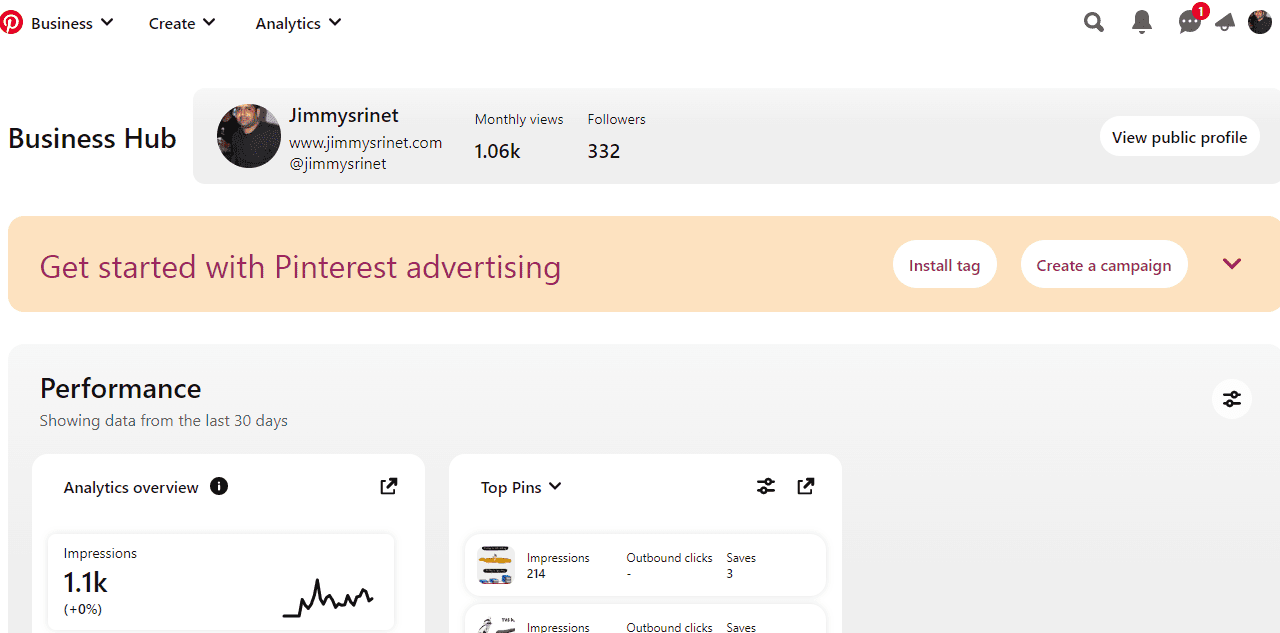In the world of business, an effective and productive marketing strategy is crucial for success.
The 7 Ps of marketing offer a comprehensive framework to consider all the essential elements needed to create a strong marketing plan.
From product development to customer experience, this model ensures businesses address all key aspects of their offering to attract and retain customers.
Marketing Mix Definition
The marketing mix is a bundle of controllable key factors that a company combines to influence customer demand. like product, price, place, and promotion, which work together to create an effective marketing strategy that produces demand.
Product
The first P of the marketing mix, “Product,” emphasizes the importance of developing a compelling offering that meets customer needs.
Businesses must focus on developing products or services that are unique, well-designed, and deliver value.
Factors such as features, quality, branding, and packaging play a critical role in capturing the attention and loyalty of customers.
By continuously innovating and aligning products with market demands, companies can maintain a competitive edge.
Price
Setting the right price is essential for both profitability and customer satisfaction. “Price” reflects the perceived value of a product or service.
Businesses must consider various key factors, including production costs, competition, target market, and pricing strategies.
Whether using a cost-based, value-based, or competitive pricing approach, finding the right balance is crucial.
A well-calculated price can attract customers, position the brand, optimize profitability, and grow the business.
Place
The “Place” element focuses on making products or services readily available to customers. It involves determining the distribution channels and methods that efficiently reach the target market.
Considerations include physical stores, online platforms, partnerships, and logistics. Effective place decisions ensure that customers can access products conveniently, enhancing their overall experience.
By understanding the target market’s preferences and optimizing distribution strategies, businesses can maximize market reach and sales potential.
Promotion
Promotion encompasses the strategies used to communicate and promote products or services to the target audience.
It involves advertising, sales promotion, public relations, direct marketing, content marketing, and digital marketing efforts.
By crafting compelling messages, identifying the right communication channels, and utilizing creative campaigns, businesses can generate awareness, build brand loyalty, and drive sales.
Effective promotion ensures that the target market is aware of the offering’s unique value proposition.
People
The “People” element recognizes that individuals are at the heart of any business. It includes employees, sales representatives, and customer service personnel who directly interact with customers.
Well-trained, motivated, and customer-centric individuals can positively impact the overall customer experience.
Investing in employee training, nurturing a customer-centric culture, and providing excellent customer service is vital for building strong relationships and fostering customer loyalty.
Process
The “Process” element focuses on the systems and processes that support the delivery of products or services.
It involves optimizing internal processes, supply chain management, and customer support systems.
Efficient processes ensure timely order fulfillment, effective communication, and seamless customer experiences.
By continuously evaluating and improving processes, businesses can streamline operations, reduce costs, and enhance customer satisfaction.
Physical Evidence in Marketing Mix
The final P, “Physical Evidence,” refers to the tangible elements that shape the customer’s perception of a product or service.
It includes the physical environment, packaging, branding materials, and other sensory cues.
Well-designed physical evidence enhances brand image, builds trust, and reinforces the product’s value proposition.
Attention to detail in terms of aesthetics, presentation, and overall sensory experience can significantly influence customer perception and loyalty.
4Ps of Marketing
Product, Price, Place, and Promotion are the four key elements of the marketing mix. They encompass the tangible and intangible aspects of a product or service, its pricing strategy, distribution channels, and promotional activities to meet customer needs and drive sales.
Conclusion
The 7 Ps of marketing provide a comprehensive framework for businesses to develop and implement effective marketing strategies.
By considering each element—Product, Price, Place, Promotion, People, Process, and Physical Evidence—companies can create a well-rounded approach that addresses customer needs, builds brand loyalty, and drives business success in a competitive marketplace.







